
1996 Women’s Gymnastics Team
Led by Kerri Strug and Shannon Miller, the Magnificent Seven became the first U.S. Women’s Gymnastics Team to win the team all-around gold medal in the Olympic Games.
March is a time to celebrate the remarkable achievements of women throughout history. In sports, female athletes have made monumental strides, increasing participation at the collegiate and professional levels, and growing audiences for women’s competitions.
To honor Women’s History Month, the United States Olympic & Paralympic Museum highlights groundbreaking female athletes and shares the inspiring stories of American athlete trailblazers who have shaped the future of sports.
Since the start of the Olympic and Paralympic movements, women have broken barriers and redefined excellence, both on and off the field.
Women made their Olympic debut at the Paris 1900 Games, with just 22 athletes competing in tennis, sailing, croquet, equestrian, and golf. Some, like Team USA golfer Margarette Abbott, unknowingly became trailblazers—Abbott inadvertently became America’s first female Olympic champion after competing in what she believed was a regular golf tournament.
Since then, women’s participation has soared. Female athletes made up 34% of competitors at Atlanta 1996, climbing to a record-breaking 48% at Tokyo 2020—the highest in Olympic history. The 2024 Paris Olympics marked a historic milestone with women making up 50% of the 10,500 athletes, the highest number of female participants in Olympic history. This was the first time the Games achieved full gender parity.
From the first woman to be in the Olympics to famous female Paralympians, discover the remarkable female athletes whose achievements have shaped the Olympic and Paralympic Games.

The first Black athlete to make the U.S. Olympic Women’s Water Polo Team. She played a pivotal role in securing gold medals at both the 2016 Rio and 2020 Tokyo Olympics.
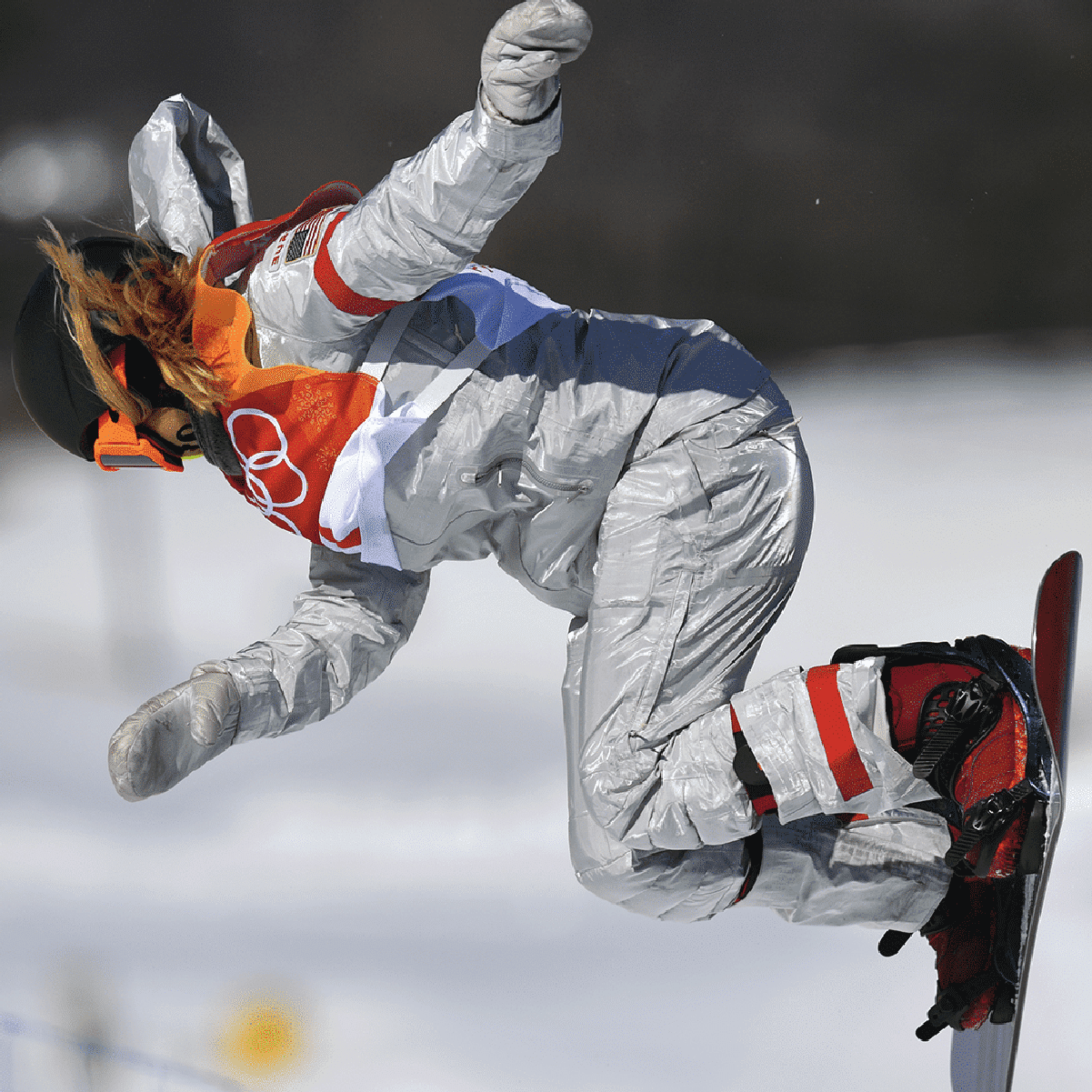
At the 2022 Beijing Winter Olympic Games, Chloe became the first and only woman to win back-to-back gold Olympic medals in halfpipe and the first woman to land a 1260 (three and a half turns) in a half pipe competition.
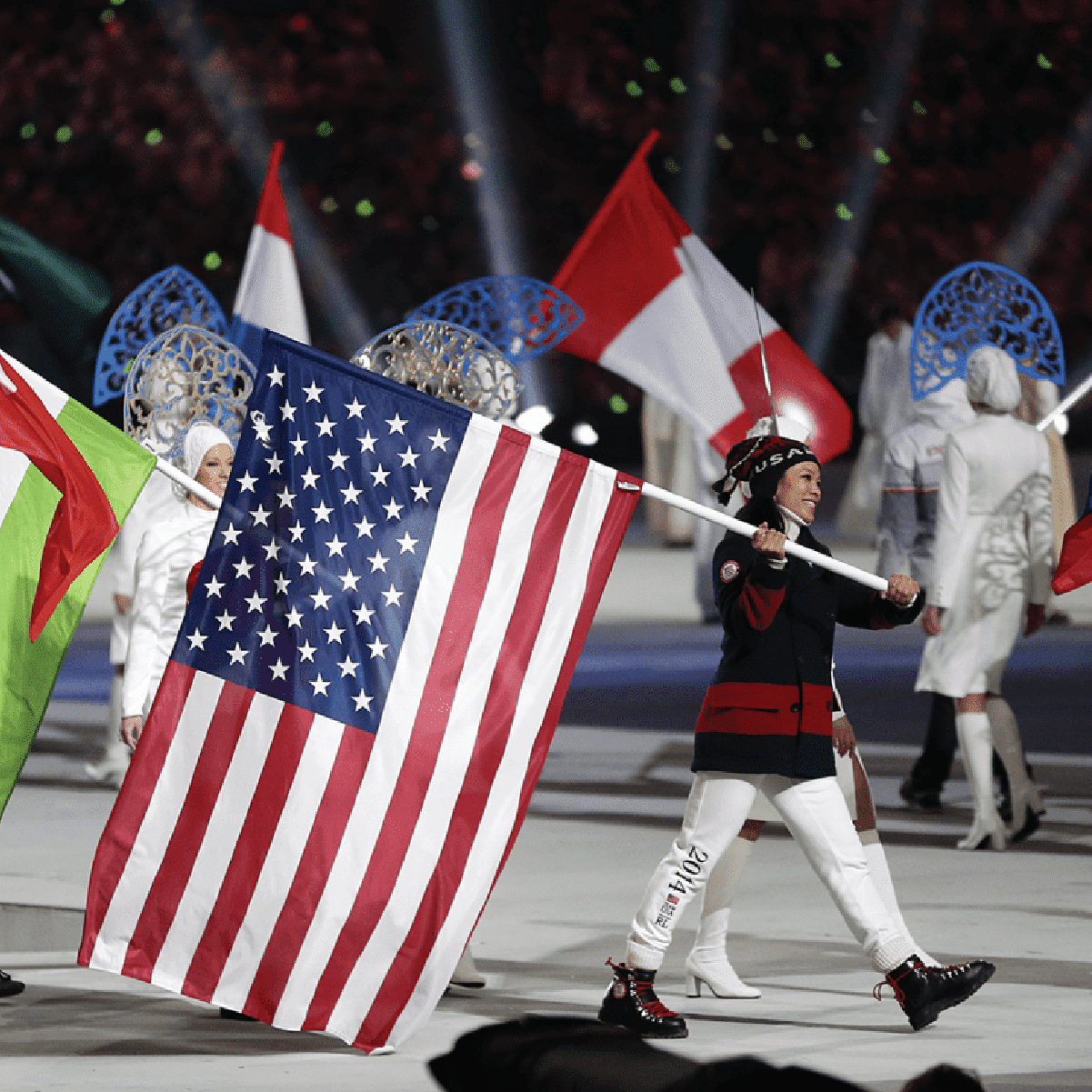
Chu became the first Asian American woman to play for the U.S. Olympic ice hockey team and medaled with the team every year she competed, collecting an impressive three silver medals and one bronze.
Rudolf became the first American woman to win three track-and-field gold medals in a single Olympics
Coachman is the first Black woman to win an Olympic gold medal.
At the Los Angeles 1984 Olympic Games, Samuelson won gold and became the first female Olympic marathon winner.

Cable became the first woman to win a medal in both the Summer and Winter Paralympic Games in 1992.

Zorn, blind since birth and an American Paralympic swimmer, is the most successful Paralympic athlete in the history of the Paralympic Games. She has brought home a tremendous 55 Olympic medals, including 41 gold medals, over seven Paralympics.

McFadden is the most decorated U.S. Paralympic track and field athlete in history with 22 medals. She has also competed in both Summer and Winter Paralympic Games, winning a silver medal in cross-country skiing at the Sochi 2014 Winter Paralympics.
The first woman to make the US Paralympic Wheelchair Rugby Team and to win a gold medal with USA Wheelchair Rugby during the Santiago 2023 Parapan American Games.

Led by Kerri Strug and Shannon Miller, the Magnificent Seven became the first U.S. Women’s Gymnastics Team to win the team all-around gold medal in the Olympic Games.

Women’s soccer was added to the Olympic Games for the first time ever and while it was only an eight-team competition, it was a rousing success capped by the U.S. 2-1 victory over China in the gold-medal game.

She teamed with Jessie Diggins to win a dramatic gold medal in the sprint relay, the first U.S. cross-country skiers to win Olympic gold.
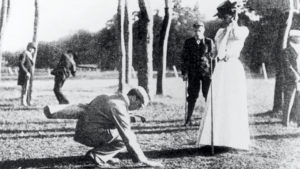
It took the curiosity of University of Florida professor Paula Welch to realize that Margaret Abbott was the United States’ first female Olympic champion.

She was just 16 years old when she won Olympic gold in the 100 meters; eight years later, after surviving a plane crash, Robinson won Olympic relay gold.

Speedskater Bonnie Blair was well known for her throng of family and friends and she gave them plenty to cheer about, winning five gold medals and one bronze over four Olympic Winter Games.

Candace Cable did not like competition or confrontation as a youngster; she eventually became a nine-time Paralympian and 12-time Paralympic medalist

She took up track as an offseason complement to basketball and attended a college that had never sent a runner to the U.S. Olympic Trials.
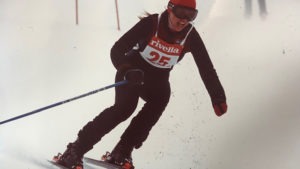
The U.S. sent just one man to the inaugural Paralympic Winter Games in 1976; four years later, Castellano won two skiing gold medals.

The daughter of a Hollywood manager, she learned the sport from an Austrian director who taught it to actors and actresses.
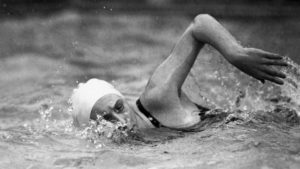
“Queen” Helene Madison was one of the first American female swimming stars, winning two individual gold medals and the 4×100-meter freestyle relay gold at the Los Angeles 1932 Olympic Games.

Jackie Joyner-Kersee won six Olympic medals (three gold) and was named the Greatest Female Athlete of the 20th Century by Sports Illustrated.
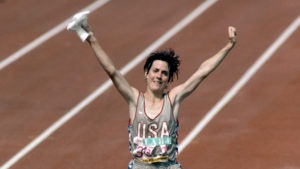
Joan Benoit had knee surgery 17 days before the 1984 U.S. Olympic Trials, but finished first at the Trials and won gold in the first-ever Olympic women’s marathon at the Los Angeles 1984 Olympic Games.

Kristi Yamaguchi won the ladies’ singles figure skating gold medal at the Albertville 1992 Olympic Winter Games.

Mary Lou Retton scored perfect 10s on the floor exercise and vault to win the individual all-around gold medal at the Los Angeles 1984 Olympic Games.

Micki King hit her arm on the board on her ninth dive of the 3-meter springboard at the Mexico City 1968 Olympic Games and finished fourth. She won gold at the Munich 1972 Olympic Games.

She won the U.S. senior ladies championship at age 14 and competed in her first Olympics two years later.

One of the greatest coaches in college basketball history, she guided the U.S. women’s basketball team to its first Olympic gold medal.

She led the University of Connecticut to the 1995 national championship, won Olympic gold at Atlanta 1996, played in the WNBA and became a television analyst.

With three gold medals, one silver and two bronze, she is the only athlete to win Olympic medals in all three shooting disciplines.

She competed in three Paralympic Games and won seven medals in a variety of distances.

Blind since birth, she competed in seven Paralympic Games and won an astounding 41 gold medals.

Tenley Albright contracted polio at age 11 and doctors wondered whether she would walk again. Six years later, she won an Olympic silver medal in figure skating and would win gold four years after that.
We offer two different kinds of tours – self-guided, guided tour, or group-guided. Self-guided tours allow guests to explore the galleries at their own pace and the ticket is valid for the day. Our guided tours offer the option to take a 45-minute, 60-minute, and 90-minute guided tour, with time at the end to explore the galleries on your own. To learn more about group-guided tours, visit here. Please see pricing on the website.
Tickets are available online up to 90 days in advance. You can also purchase tickets at the front desk the day of your visit — just keep in mind that entry times are subject to availability.
Yes – we love field trips! Please email [email protected] for more information.
In recognition of Visa’s long-standing partnership, we are Visa preferred. We are a cashless property, including the Museum Shop and the Flame Café. Groups (12+ guests) can pay via check by emailing [email protected]. Tickets are tax-exempt, but we are required to add a 2% Park Union Business Improvement District Fee to the total.
Absolutely! For a larger group and if possible, we would like to get a preorder so that your guests do not have to wait for their food to be prepared. Please email to pre-order: [email protected].